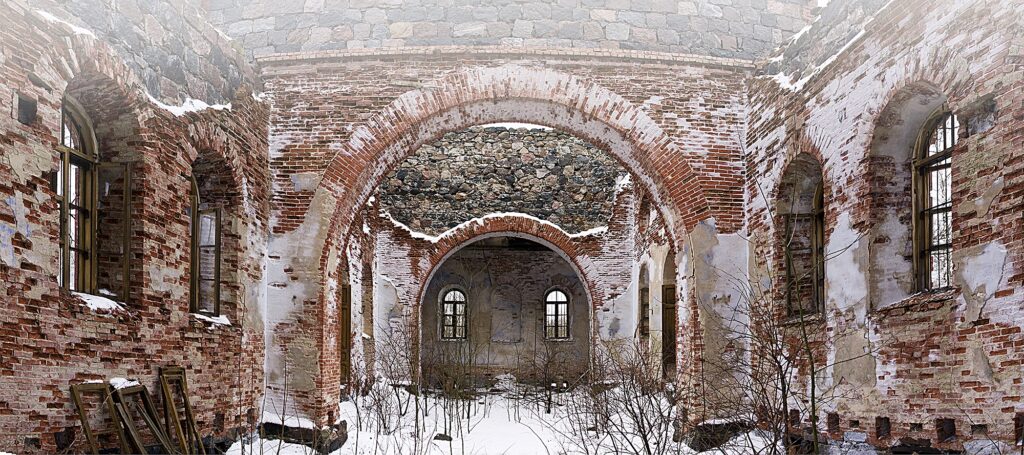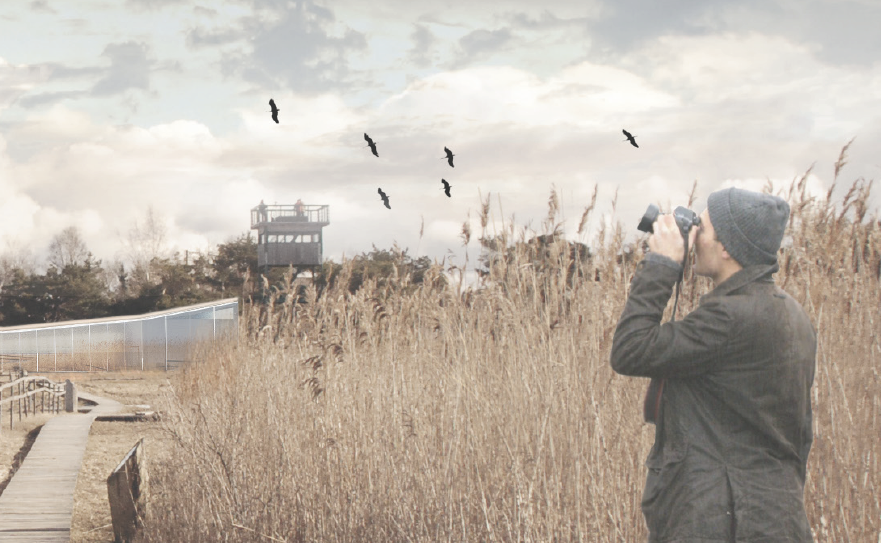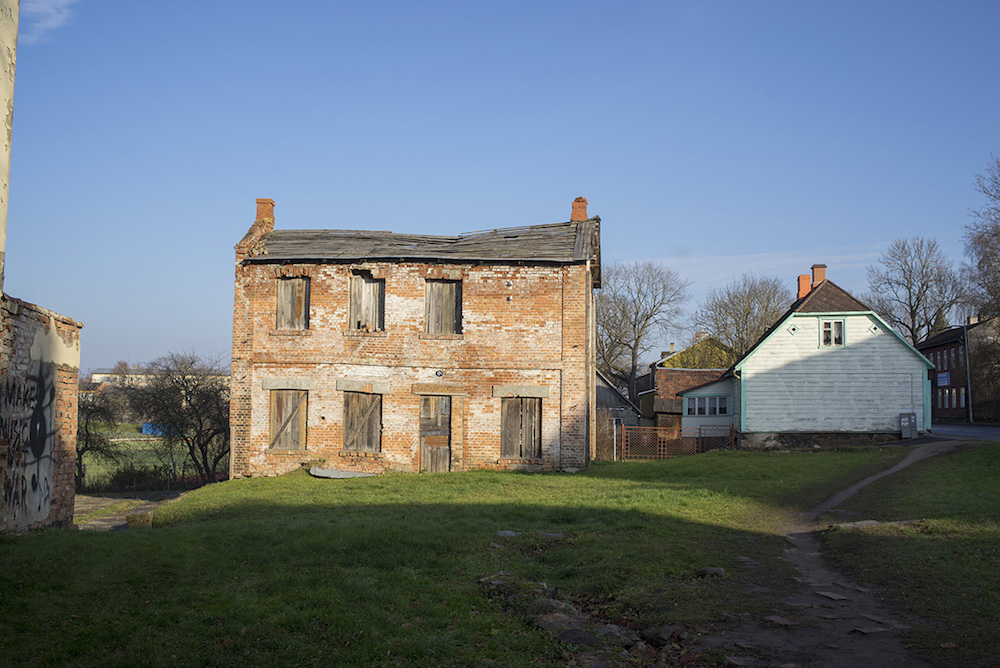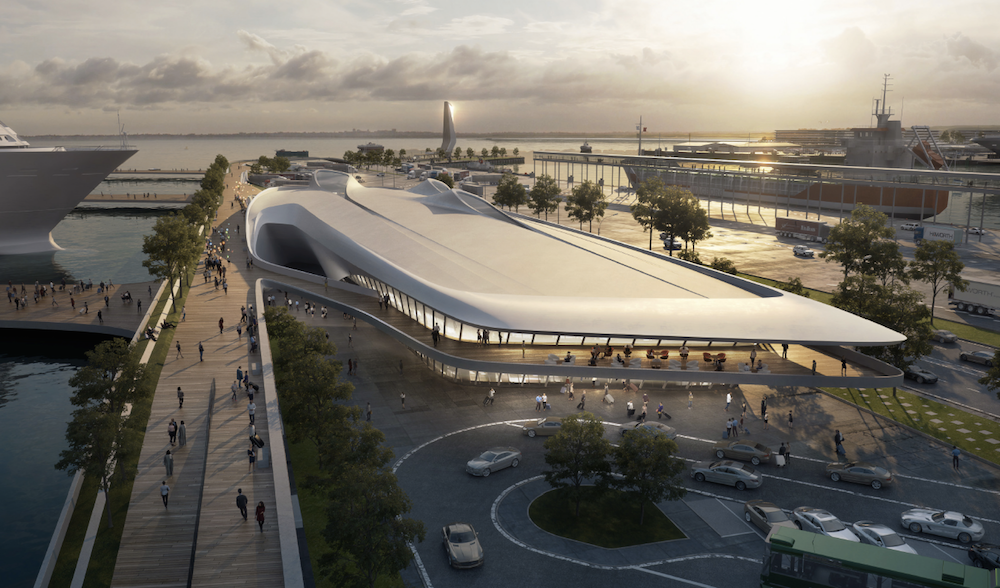Winter 2018: Reasoned Shrinking
There are approximately 50 unused or ruined churches in Estonia. The Master’s thesis suggests establishing columbaria, i.e. burial places for cinerary urns, in abandoned sanctuaries in Estonia. Changing the condition of the buildings as little as possible is intentional: the lives of the buried souls and the sanctuaries that surround them have ended.
Delving into characteristic coastal community places is one option for boosting Estonia’s coastal landscapes. The selected coastal cultural spaces – Liu boat workshop, Kabli bird station and the former polder field with an abandoned pump station – are places on the coast of Pärnu Bay that are worth reviving for the benefit of locals and visitors alike.
The Master’s thesis is concentrated on four Estonian small towns (Mõisaküla, Püssi, Kiviõli and Räpina) implementing three stages: intervention, new programme and planning. The intervention is a small-scale realization of an idea, such as an installation, which functions as a test to initiate a dialogue with the residents of the town. The new programme describes the implementation of the idea in a small town, including a new function for a plot by which both the urban landscape and structure undergo changes.
We do not merely need the spatial policy as a document but also the people to implement it.
What changes will the administrative reform bring to spatial planning as seen from the level of the state? Many decisions made by local governments have an impact on space, so how can we make these decisions more informed?
Acting in accordance with statute of the heritage conservation area in a shrinking city like Valga is impossible. Investing in listed buildings (architectural monuments) and buildings located in heritage conservation areas should be promoted in shrinking cities when the support measures for various fields are developed.
To what extent does the administrative reform correspond to long-term settlement changes and the National Spatial Plan Estonia 2030+?
Distinctive places such as a modest park in Kreenholm district can connect the community by approaching citizens in their own way and encouraging the search for a common ground.
The fate of a shrinking town is greatly influenced by the location and building of the state secondary school. In the course of the process of establishing twenty new state secondary schools, it is only natural to consider what contemporary pedagogy and the respective learning spaces are like.
There are tumultuous times in the seafront development in Tallinn with variously motivated changes. This is the moment when architectural institutions must perceive their sense of responsibility and contribute to the big picture with their expert knowledge.
Postitused otsas
ARCHITECTURE AWARDS














